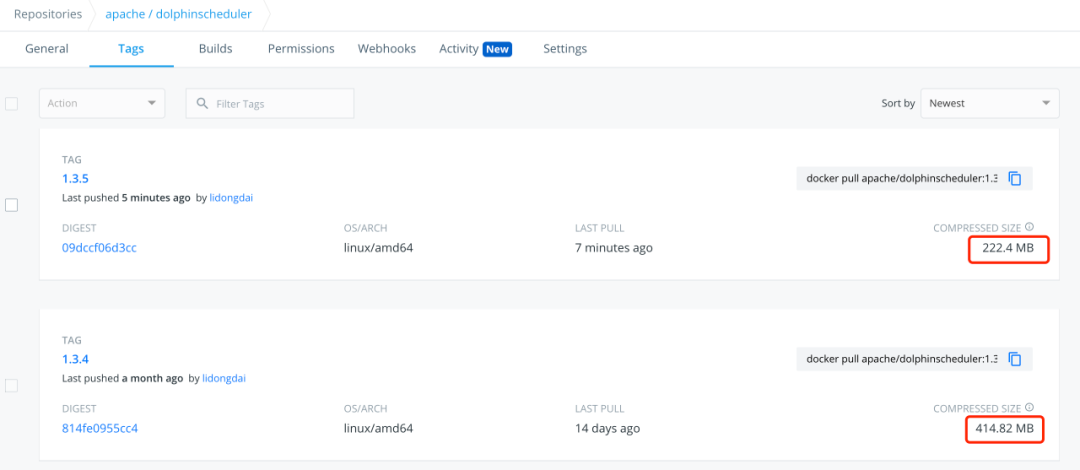I am trying to get a DialogFragment to popup and to show a scrollable TextView legend but it just cuts off the rest of the legend. I can't scroll through it or anything. I tried adding a ScrollView but it doesn't do anything. This is the screen that I get:

This is my XML layout file:
<?xml version="1.0" encoding="utf-8"?>
<ScrollView xmlns:android="http://schemas.android.com/apk/res/android"
android:layout_width="match_parent"
android:layout_height="match_parent"
android:fillViewport="true">
<LinearLayout android:layout_width="match_parent"
android:layout_height="wrap_content"
android:orientation="vertical"
android:scrollbars="vertical"
android:scrollbarAlwaysDrawVerticalTrack="true"
android:background="#fff">
<TextView
android:id="@+id/layer_legend_title_textview"
android:layout_width="wrap_content"
android:layout_height="wrap_content"
android:paddingLeft="10dp"
android:paddingRight="10dp"
android:background="#fff"
android:textColor="#000" />
<ListView
android:id="@+id/layer_legend_symbols_listview"
android:layout_width="match_parent"
android:layout_height="wrap_content"
android:layout_marginLeft="20dp"
android:background="#fff"
android:textColor="#000" />
</LinearLayout>
</ScrollView>
I run this to add content to the TextView:
/**
* A dialog that shows the legend of a ArcGISDynamicMapServiceLayer.
*/
public class LegendDialogFragment extends DialogFragment implements View.OnClickListener {
public static final String TAG = LegendDialogFragment.class.getSimpleName();
private LinearLayout mLinearLayout;
private ArcGISDynamicMapServiceLayer mLayer;
private ImageButton backButton;
public View onCreateView(LayoutInflater inflater, ViewGroup container, Bundle savedInstanceState) {
mLinearLayout = (LinearLayout) inflater.inflate(R.layout.legend_dialog_fragment_layout, null);
getDialog().setTitle(getActivity().getString(R.string.legend));
mLayer = ((MainActivity) getActivity()).getLayer();
backButton = (ImageButton) mLinearLayout.findViewById(R.id.backButton2);
backButton.setOnClickListener(this);
// before we can show the legend we have to fetch the legend info asynchronously
new FetchLegendTask().execute();
return mLinearLayout;
}
public void onAttach(Activity activity) {
super.onAttach(activity);
if (!(activity instanceof MainActivity)) {
throw new IllegalStateException("Hosting activity needs to be of type MainActivity");
}
}
@Override
public void onClick(View v) {
switch (v.getId()) {
case R.id.backButton2:
getDialog().dismiss();
break;
}
}
/**
* Retrieves the legend information asynchronously from the ArcGISDynamicMapServiceLayer.
*/
private class FetchLegendTask extends AsyncTask<Void, Void, Void> {
@Override
protected Void doInBackground(Void... params) {
mLayer.retrieveLegendInfo();
return null;
}
@Override
protected void onPostExecute(Void result) {
super.onPostExecute(result);
for (ArcGISLayerInfo layerInfo : mLayer.getAllLayers()) {
if(layerInfo.isVisible()){
View view = getActivity().getLayoutInflater().inflate(R.layout.layer_legend_layout, null);
populateLegendView(view, layerInfo);
mLinearLayout.addView(view);
}
}
}
private View populateLegendView(View view, ArcGISLayerInfo layerInfo) {
if (layerInfo != null) {
TextView textView = (TextView) view.findViewById(R.id.layer_legend_title_textview);
textView.setText(layerInfo.getName());
}
return view;
}
}
}
I want the entire Fragment to be scrollable but don't know how to achieve this. Whenever I try to include a ScrollView, it only scrolls the rest of that specific one line . It won't show all the content. I'm thinking it has more to do with the DialogFragment.
EDIT: Ok, so I think I know why it won't scroll. It calls the View over and over again in the loop. Then it populates the layer, and finally adds the TextView to the LinearLayout. So it is not necessarily being "appended". So adding a ScrollView will only make the last part scrollable. If anyone knows how to fix this, please let me know.
I got the link for the example from here:
MapLegend

